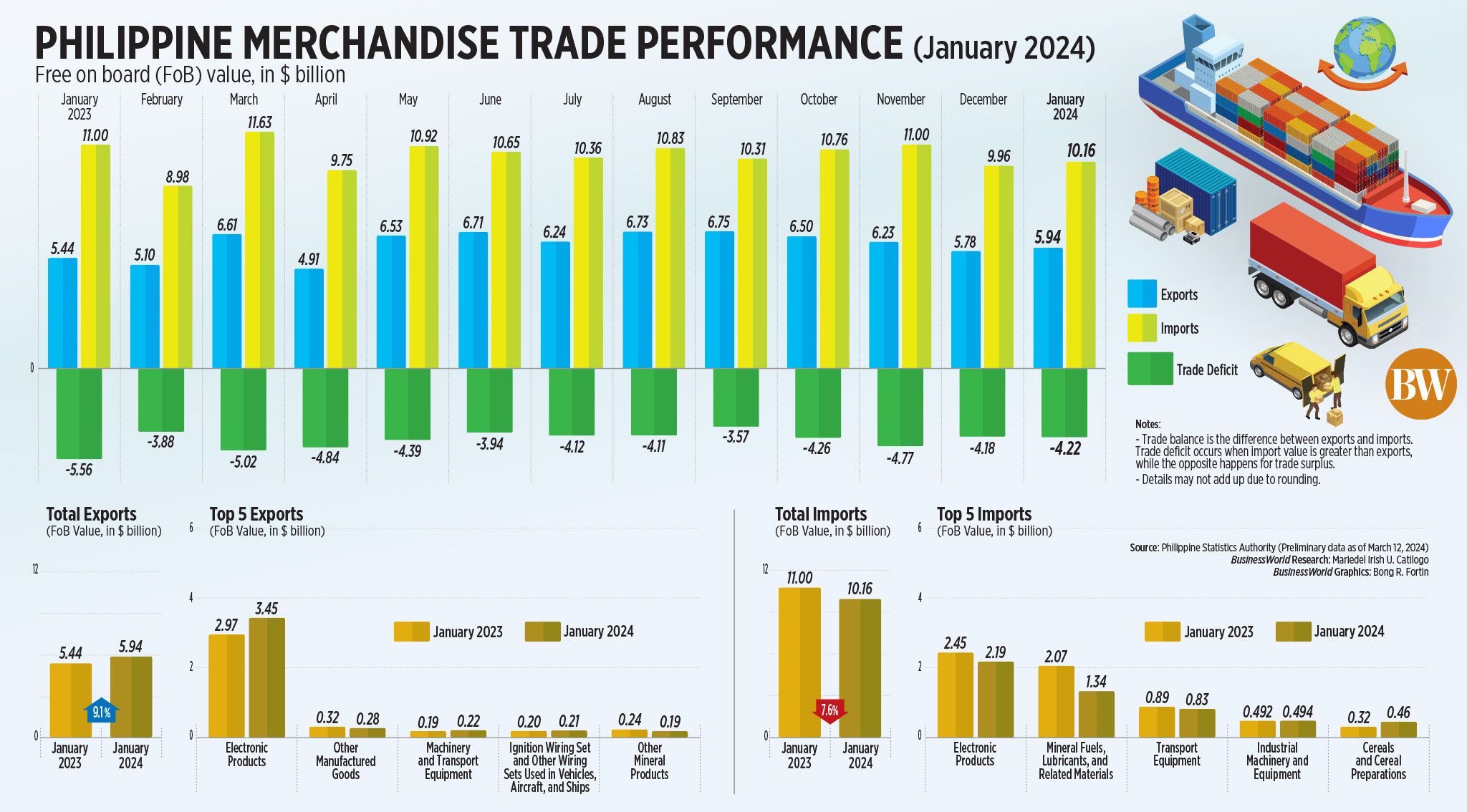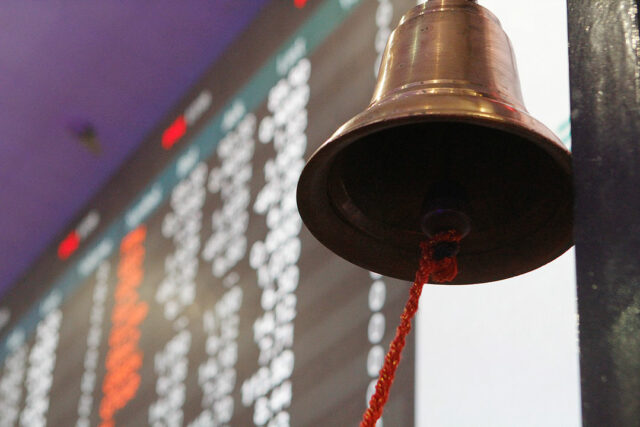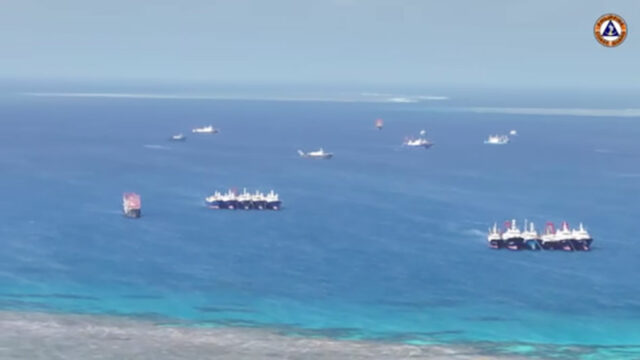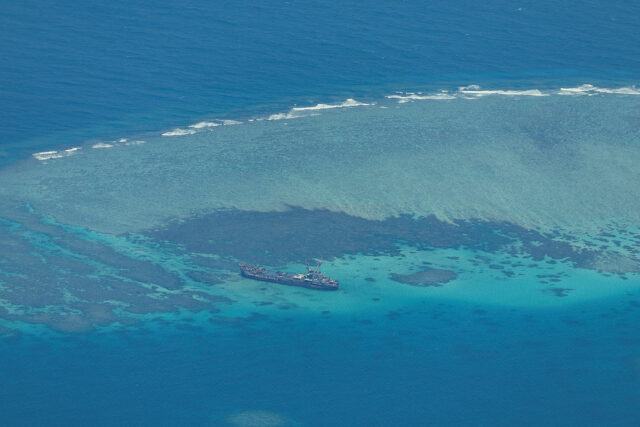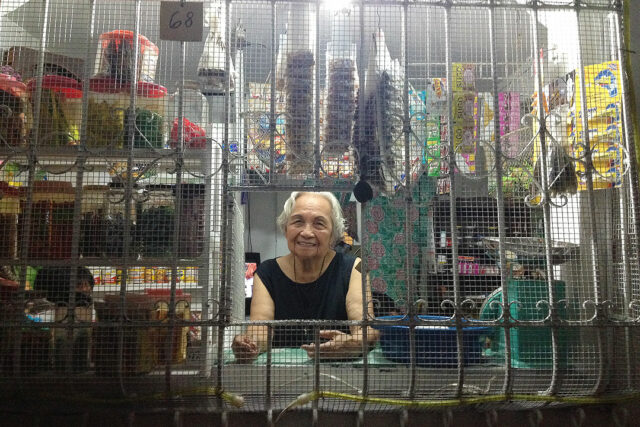Beyond and within borders: PHL’s participation in the BEPS Inclusive Framework may need reconsidering
As digital technologies evolve and reshape the global economy, they pose increasingly complex taxation challenges. The Organisation for Economic Co-operation and Development (OECD) seeks to address these tax challenges through the Base Erosion and Profit Shifting (BEPS) 2.0 project, the Two-Pillar Approach: Pillar One (re-allocation of taxing rights) and Pillar Two (global minimum taxation). The Two-Pillar Approach aims to ensure that profits are subject to taxation in locations where economic activities occur and value is created to promote equitable distribution of taxing rights among countries.
Under Pillar One, the largest Multinational Entities (MNEs) that have at least €20 billion in revenue are to re-allocate some taxing rights from their home countries to the markets where they have business activities and earn profits, regardless of whether firms there have a physical presence there. This will thus ensure a fairer distribution of profits and taxing rights among countries. The key elements of Pillar One can be grouped into three components:
• A new taxing right for market jurisdictions over a share of residual profit calculated at a MNEs group (or segment) level (Amount A).
• A fixed return for defined baseline marketing and distribution activities taking place physically in a market jurisdiction, in line with the arm’s length principle (Amount B).
• Improved tax certainty processes to improve tax certainty through innovative dispute prevention and dispute resolution mechanisms (Tax certainty component).
On the other hand, Pillar Two introduces a Global Anti-Base Erosion Rule wherein a 15% global minimum effective tax rate (ETR) is imposed to MNEs with Group Revenues of over €750 million in each country in which they operate. It ensures that large internationally operating businesses pay a minimum level of tax regardless of where they are headquartered or the jurisdictions they operate in. Additionally, this rule is complemented by the Undertaxed Payments Rule, Qualified Domestic Minimum Top-up Tax, Subject to Tax rule, and Switch-over rule.
On November 8, 2023, the Philippines joined the OECD/G20 Inclusive Framework on BEPS, among others, on allocation of taxation rights on cross-border/digital economy transactions meeting certain established thresholds (Pillar One Commitment) by undertaking to work on and adopt appropriate legislation consistent with the BEPS framework.
Notably, it is interesting how the Philippines’ participation in the BEPS Inclusive Framework will affect registered business enterprises who could fall under defined MNEs under BEPS. In 2021, the Philippine government granted tax incentives pursuant to its passage of the CREATE (Corporate Recovery and Tax Incentives for Enterprises) Act. Registered Business Enterprises (RBEs) are offered tax incentives to attract foreign investment considering that the Philippines is still recovering from the COVID-19 pandemic. The incentives include an income tax holiday (ITH), to be followed by a 10-year 5% special corporate income tax (SCIT) on gross income earned for export enterprises or enhanced deductions (ED) for both export and domestic market enterprises.
Thus, if the Philippines adopts the Pillar Two Commitment, the offered tax incentives through CREATE Act may, in a sense, lose its significance for the affected RBEs. Under Pillar Two, affected RBEs will have to pay top-up taxes if their Effective Tax Rate falls below 15%. On the other hand, if this is implemented, Philippines will have its share of the allocation of the top-up taxes.
Certainly, while the objectives of the Two-Pillar Approach is laudable from a global perspective, it may be best that its implementation be aligned with the country’s policy and objectives of encouraging foreign investments and trade in the Philippines, especially at this time when it is still recovering from the effects of the COVID-19 pandemic.
The views and opinions expressed in this article are those of the author. This article is for general informational and educational purposes only and not offered as and does not constitute legal advice or legal opinion.
Kaye Geozen T. Ebuengan is an associate of the Tax department of the Angara Abello Concepcion Regala Cruz Law Offices.
(02) 8830-8000








